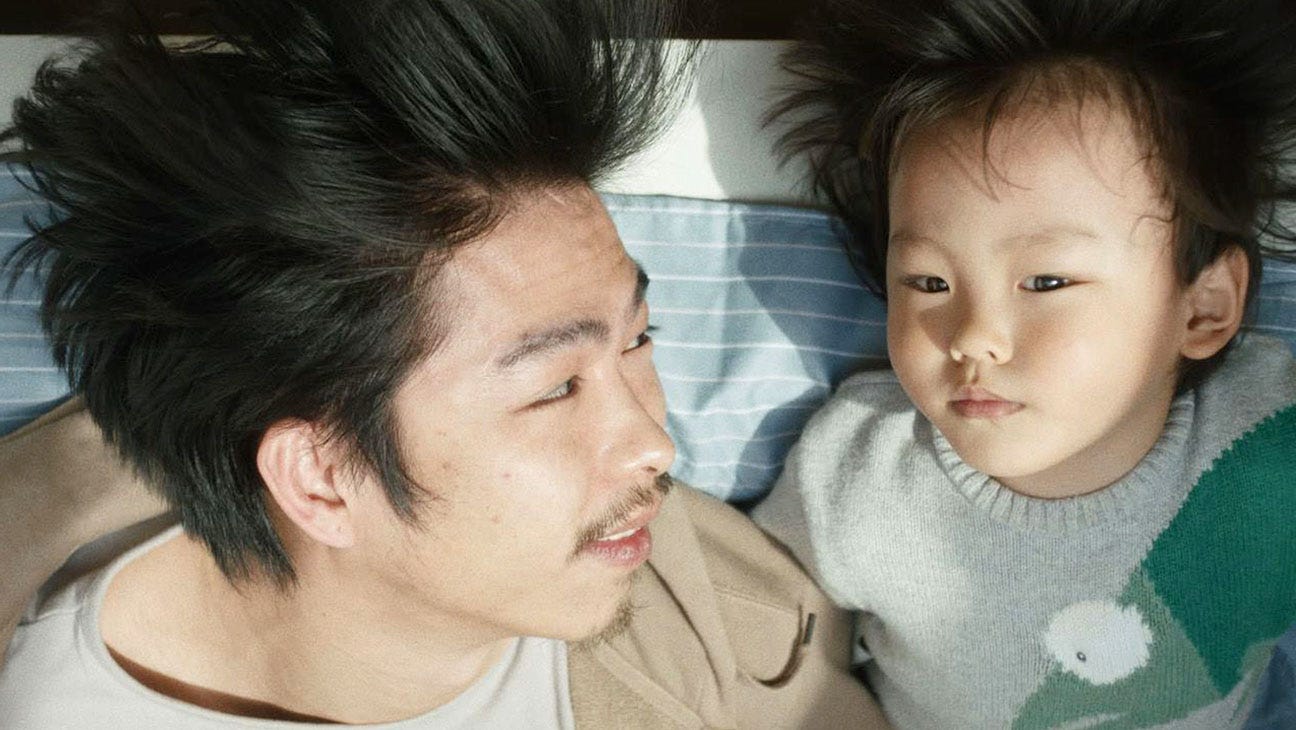The Year of the Everlasting Storm
This anthology of stories from around the globe about the early days of pandemic serves as a cathartic exhale after all we've been through.
Now that the COVID pandemic is… well, not exactly over, but moving into a decidedly less critical endemic phase, maybe we’re ready to revisit those early days. A lot of us suffered a sort of slow-roll trauma during the weeks and months of isolation, which I think we’re now seeing reflected in a lot of our awkward interactions and soured public discourse.
Just recently I’ve been able to admit that I’ve been suffering from a lot of pent-up anxiety that has negatively impacted some of my relationships and overall happiness. The secret, I think, is in confronting the sources of that negative energy as the first step in dealing with it — and recognizing that most of those sources are from within.
And this is why “The Year of the Everlasting Storm” was for me a cathartic rather than triggering experience.
Watching this film feels like revisiting past trauma, but at a distance since we’re seeing it happen to others, even though their experiences sometimes parallel our own. We observe some of the bad behaviors, recognize them in ourselves, and use the shared experience as something like a release. If we can forgive these people, we can absolve ourselves.
If we’ve all been collectively holding our breath, this movie feels like the big exhale.
The film is an anthology of stories from around the globe about the early days of the pandemic from an eclectic mix of directors and cinematic styles. Some are obviously fiction, while others appear to be the filmmakers’ personal testimonials. A few feel like documentaries, others highly polished narratives, one shot using selfie video and animation.
One of the most difficult stories for me to watch was that from director Anthony Chen set in Tongzhou, China. It’s a simple three-person affair involving a young married couple and their adorable son, perhaps 3 years old. A care salesman, he soon loses his job when everything is shut down, while she continues to work in a remote capacity as a call center drone.
The wife resents her husband for his failure at being a breadwinner, and for not being a more attentive parent while she is trying to work. She expresses this through withholding sex and basic affection, while his lackadaisical attitude toward the pandemic is in need of dire course correction.
If you want to know why so many marriages ran aground just as restrictions eased, this vignette shows where the toxic seeds were sown.
In Tehran, director Jafar Panahi looks at a very traditional family locked away in their apartment. The elderly grandmother comes to visit, dressed head to toe in PPE, and finds herself clashing with those she loves and their odd choice in a pet, an iguana named Iggy.
In Chiang Mai, Thailand, Apichatpong Weerasethakul gives a strange scene of “night colonies” — hordes of insects attracted to bright lights set up over a bed. Watching them flitter and skulk across the pillows and sheets is strangely terrifying.
Malik Vitthal in California gives one of the most vibrant segments, a divorced father separated from his children except for video calls and short drive-bys where he stays in the car. The yearning and ache is palpable.
In New York, Laura Poitras provides a documentary-style exploration of a group known as Forensic Architecture that is investigating the use of Pegasus, an invasive software used to spy on journalists, academics and other troublesome citizens, being rolled out by an Israeli company called NSO Group. It shows the power of paranoia, sometimes justified.
Domingo Sotomayor sets his story in Santiago, Chile, as a middle-aged mother keeps her sanity by participating in group chorus performances, each recording their part separately so they can be heard together. She oversees a ramshackle homestead, and has to take in her daughter to prevent her from experiencing homelessness. Meanwhile, another, more joyous, event visits the family.
Perhaps the most poetic piece is from David Lowery (“The Green Knight”) and set in Texas. It consists entirely of an older, unnamed woman who apparently lives in her truck. Early on she pulls some old letters out of storage and we hear the voice of a father writing to his son, Clyde, about the death of his younger brother during the pandemic.
It’s a little unclear what’s happening, but seems to be set years into the future. Is this woman Clyde, having gone through a transition, or a loved one of Clyde? In any case, she is resolved to carry out the father’s final mission — one that is both grim and compassionate.
At first glance, the stories of “The Year of the Everlasting Storm” might seem like a slapdash mix of random experiences. But taken together, they feel evocatively joined through a diverse array of peoples and viewpoints.
Nobody has reacted in exactly the same way to this historic tragedy; but in sharing our myriad pain, something universal — and, hopefully, healing — can grow.






Good review. It would be interesting to see an anthology of what Hoosier filmmakers have done on the same subject. Last week I saw a screening of films by very talented, local filmmakers at the Living Room theater. They called it “4Scene”. I’d be interested in reading what you think of it.